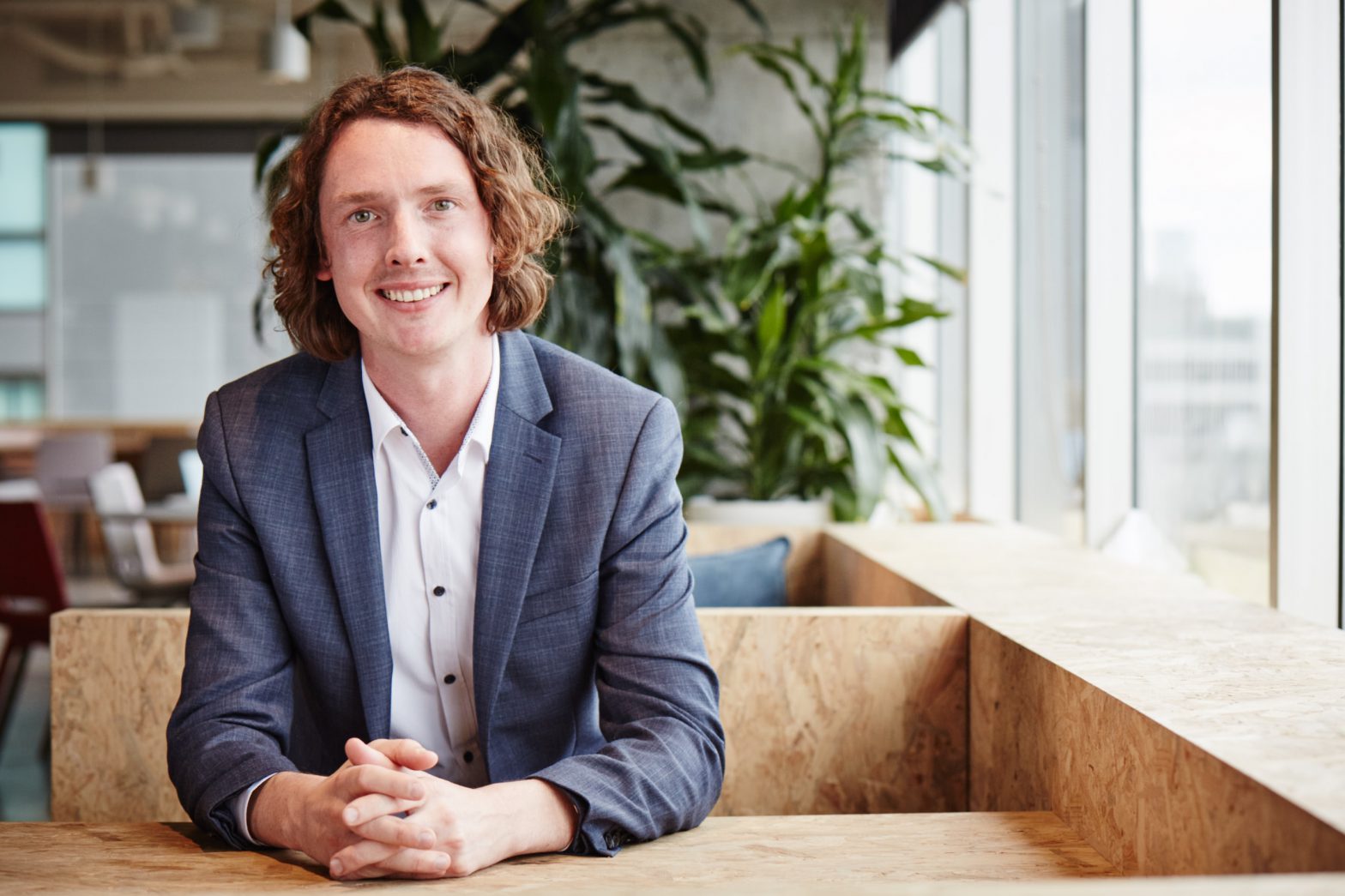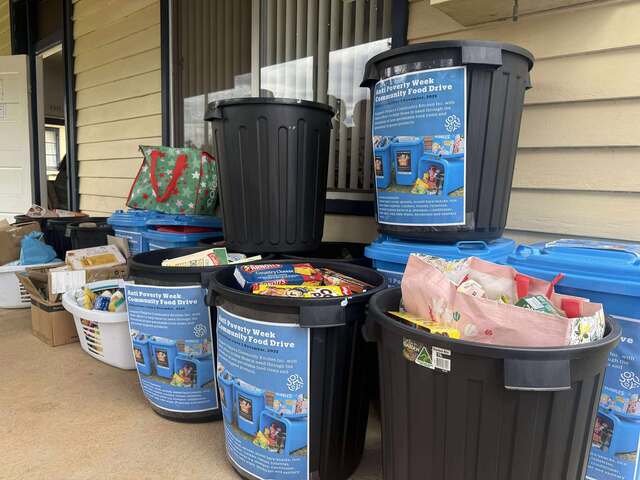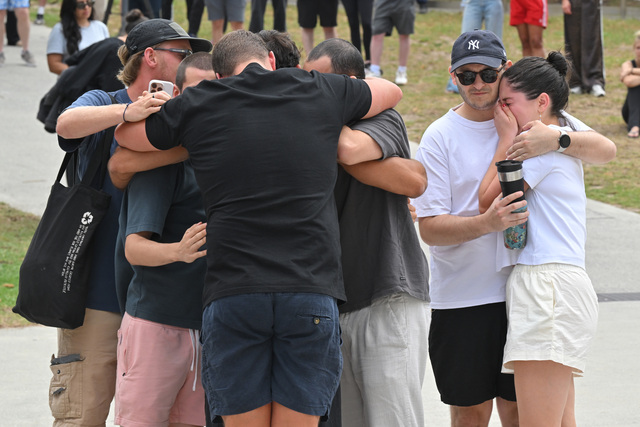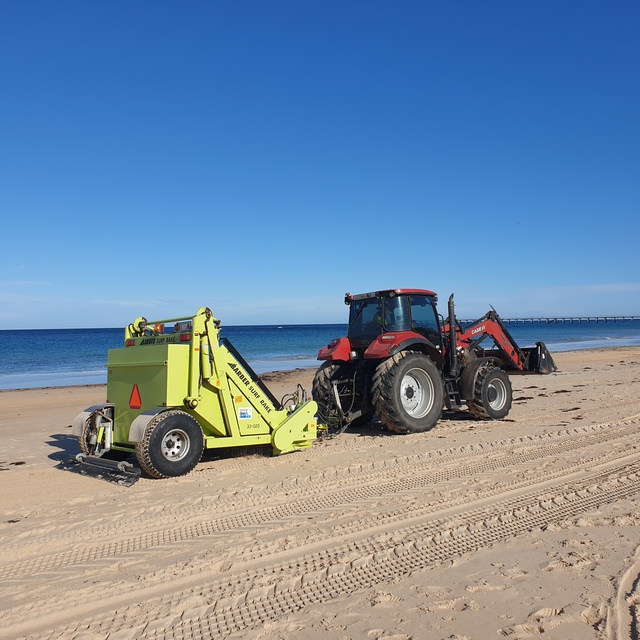When we think about what’s possible in sustainable development, it’s easy to jump straight to a solution or get caught up on what things will look like.
I believe the most important aspect of sustainable design comes from the people that will inhabit them, whether they be homes, offices, community spaces or retail centres – it’s about understanding how people will use them.
Empathy should be at the core of what we do. Developers and architects must listen to what people say they need, how they want to live, work and play, then design for it.
This idea really gets to the heart of designing for a resilient and sustainable, community. To be empathetic we need to get to the core issues, those central frustrations our customers experience, and deliver solutions and communities that help address these.
Take Frasers Property Australia’s Fairwater development in western Sydney as an example. Yes, we know our customers are experiencing rising energy costs. And yes, the most efficient conventional heating, ventilation and air conditioning (HVAC) system customers would be willing to pay for may have been the obvious solution.
But what if there was another solution? We explored alternatives – testing these in controlled environments. We saw the benefits of ground source heat pumps, and rolled these out as standard across 850 homes at Fairwater. Half way through the development over 400 customers are experiencing savings of up to $900 per annum1 on their electricity bills.
Thinking more about the customer and communities, it’s important to realise that there is no ‘silver bullet’ solution to technology and meeting customer’s needs. What may work well as a solution for town homes in western Sydney, may not be the case for, say, a multi storey apartment tower in the CBD.
In this scenario, we are looking to different solutions, particularly in the embedded network space. We’re delivering apartment buildings with maximised amounts of rooftop solar, and due to the embedded network, can now provide the benefits of that solar to all residents. Playing into this further are opportunities for on-site battery storage and electric vehicle charging to further benefit the residents.
Looking to another example in Victoria where we’re looking to maximise thermal comfort for residents, we are taking a totally different approach to trialling clean technology.
At our Life, Point Cook Passive House, Frasers Property Australia are maximising the performance of the building fabric, minimising heating and cooling needs and focusing on mechanical ventilation and heat recovery technology. With this study we’re looking to understand the customer’s preferences for comfort and ventilation compared to typical heating and cooling arrangements.
So back to empathy and understanding our customers. We would not be undertaking these trials if we had not of spent hour after hour around the country, sitting down with and listening to our customers tell us what they want, and what they don’t want.
The important thing is, that once we have these learnings and identify the right strategies specific to each development that we position and communicate the benefits in ways that resonate with, and are meaningful to the end users – our customers.
Fore information: nctce.com.au
1 This figure is based on current domestic electricity prices and modelling to date undertaken by Alinta and Frasers Property Australia. Note this figure is an average and is dependent on the size and design of the individual homes, occupant operations and preferences, as well as weather conditions over a continuous 12 month period.
*Copy supplied by National Clean Technologies Conference & Exhibition








